10g
Showing 1951–2000 of 4637 results
-
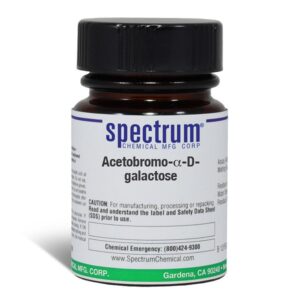
Acetobromo-alpha-D-galactose
$171.06 Add to cart View Product DetailsAcetobromo-alpha-D-galactose
-
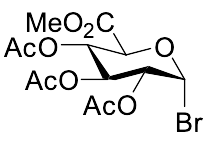
Acetobromo-alpha-D-glucuronic Acid Methyl Ester (contains 2% CaCO3)
$532.16 Add to cart View Product DetailsMolecular Formula : C13 H17 Br O9
-
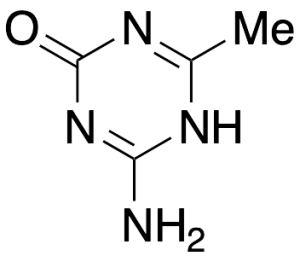
Acetoguanide
$1,675.84 Add to cart View Product DetailsMolecular Formula : C4 H6 N4 O
-

Acetone 2,4-Dinitrophenylhydrazone
$1,699.13 Add to cart View Product DetailsMolecular Formula : C9 H10 N4 O4
-

Acetone-d6, 99.9 Atom Percent D
$109.48 Add to cart View Product DetailsAcetone-d6, 99.9 Atom Percent D
-

Acetone-d6, 99.9 Atom Percent D, Contains 0.05 Percent (v/v) TMS
$149.90 Add to cart View Product DetailsAcetone-d6, 99.9 Atom Percent D, Contains 0.05 Percent (v/v) TMS
-

Acetonitrile-d3
$132.83 Add to cart View Product DetailsMolecular Formula : C2 D3 N
-

Acetoxyacetone
$1,537.84 Add to cart View Product DetailsMolecular Formula : C5H8O3
-

Acetoxymethyl Vinyl Ketone
$934.09 Add to cart View Product DetailsMolecular Formula : C6 H8 O3
-

Acetyl L-Carnitine Hydrochloride
$666.71 Add to cart View Product DetailsMolecular Formula : C9 H18 N O4 . Cl
-
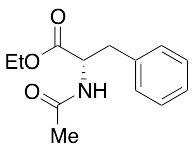
Acetyl-L-phenylalanine Ethyl Ester
$264.79 Add to cart View Product DetailsMolecular Formula : C13H17NO3
-

Acetylcedrene (~80%)
$65.55 Add to cart View Product DetailsMolecular Formula : C17 H26 O
-

Acetylcholine Bromide
$192.34 Add to cart View Product DetailsMolecular Formula : C7H16NO2.Br
-

Acetylpyrazine
$78.49 Add to cart View Product DetailsMolecular Formula : C6 H6 N2 O
-
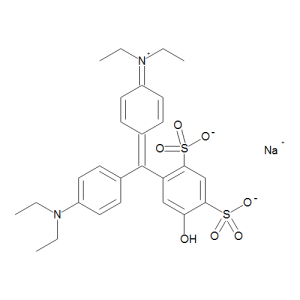
Acid Blue 3 Sodium Salt (~90%)
$61.24 Add to cart View Product DetailsMolecular Formula : C27 H31 N2 O7 S2 . Na
-
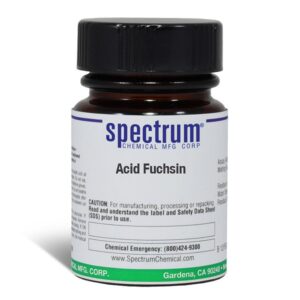
Acid Fuchsin
$72.92 Add to cart View Product DetailsAcid Fuchsin
-
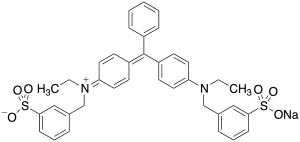
Acid Green 3 (~50%)
$65.55 Add to cart View Product DetailsMolecular Formula : C37H35N2NaO6S2
-

Acid Green 50 (Technical Grade)
$80.21 Add to cart View Product DetailsMolecular Formula : C27 H25 N2 O7 S2 . Na
-
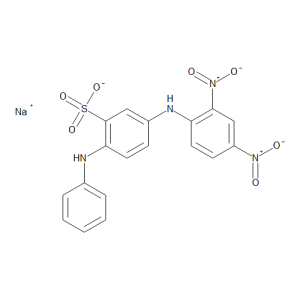
Acid Orange 3, Technical Grade
$67.28 Add to cart View Product DetailsMolecular Formula : C18 H13 N4 O7 S . Na
-
Acid Orange 8 (Technical Grade)
$840.94 Add to cart View Product DetailsMolecular Formula : C17H13N2NaO4S
-

Acid Red 88 (Technical Grade)
$62.96 Add to cart View Product DetailsMolecular Formula : C20H13N2NaO4S
-
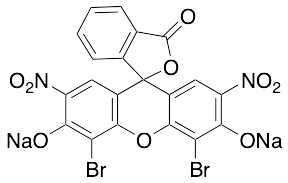
Acid Red 91
$111.26 Add to cart View Product DetailsMolecular Formula : C20H6Br2N2Na2O9
-

Acriflavine Hydrochloride (>90%)
$407.10 Add to cart View Product DetailsMolecular Formula : C27H27Cl3N6
-

Acrylamide
$77.63 Add to cart View Product DetailsMolecular Formula : C3 H5 N O
-

Acryloyl Chloride
$161.29 Add to cart View Product DetailsMolecular Formula : C3H3ClO
-
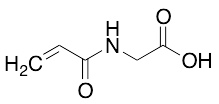
Acryloylglycine
$1,325.66 Add to cart View Product DetailsMolecular Formula : C5 H7 N O3
-

Actarit
$132.83 Add to cart View Product DetailsMolecular Formula : C10 H11 N O3
-

AD-mix-Beta (Technical Grade)
$160.43 Add to cart View Product DetailsMolecular Formula : No Data Available
-
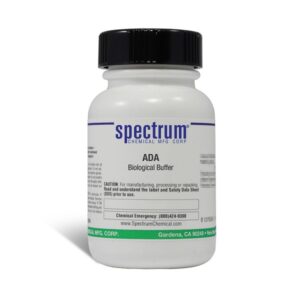
ADA, Biological Buffer
$101.51 Add to cart View Product DetailsADA, Biological Buffer
-
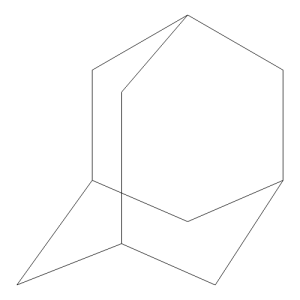
Adamantane
$121.61 Add to cart View Product DetailsMolecular Formula : C10 H16
-

Adenosine 5′-Monophosphate Disodium Salt
$146.63 Add to cart View Product DetailsMolecular Formula : C10 H12 N5 O7 P . 2 Na
-

Adenosine 5′-Triphosphate Disodium Salt
$94.01 Add to cart View Product DetailsMolecular Formula : C10 H14 N5 O13 P3 . 2 Na
-

Adiphenine Hydrochloride
$138.86 Add to cart View Product DetailsMolecular Formula : C20 H25 N O2 . Cl H
-

Adipic Acid
$55.20 Add to cart View Product DetailsMolecular Formula : C6 H10 O4
-
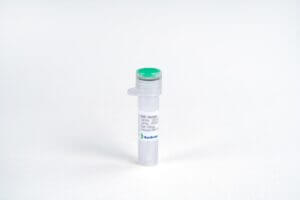
Adiponectin, Human(CHO-expressed)
$68.14 Add to cart View Product DetailsAdiponectin is an important adipokine involved in the control of fat metabolism and insulin sensitivity. It is synthesized exclusively by adipocytes and secreted into plasma. It antagonizes THF-alpha by negatively regulating its expression. It also inhibits endothelial NF-kappa-B signaling through a cAMP-dependent pathway. Adiponectin can form low molecular weight complexes (LMW), middle molecular weight complexes (MMW) and higher molecular weight complexes (HMW). These bind to various growth factors, such as HBEGF, PDGFB and FGF2, and play a role in cell growth, angiogenesis and tissue remodeling.
-

Adiponectin, Mouse
$68.14 Add to cart View Product DetailsAdiponectin is a hormone mainly produced by adipocytes. Adiponectin forms a homotrimer and exists as higher order multimers in vivo. The receptors of Adiponectin are seven transmembrane G protein coupled receptors: Receptor 1 is expressed in skeletal muscle and Receptor 2 in liver. Adiponectin receives a lot of attention because of its anti-diabetic, anti-atherosclerotic, and anti-inflammatory properties. Adiponectin increases the expression of molecules involved in fatty acid transport, combustion of fatty acid, and energy dissipation, and increases insulin sensitivity of the body. Decreased levels of Adiponectin are associated with hypertension, cardiovascular diseases, and metabolic syndromes. Therefore, Adiponectin has promising potential as a pharmacological agent.
-

Adiponectin/Acrp30, Human
$68.14 Add to cart View Product DetailsAdiponectin is an important adipokine involved in the control of fat metabolism and insulin sensitivity. It is synthesized exclusively by adipocytes and secreted into plasma. It antagonizes THF-alpha by negatively regulating its expression. It also inhibits endothelial NF-kappa-B signaling through a cAMP-dependent pathway. Adiponectin can form low molecular weight complexes (LMW), middle molecular weight complexes (MMW) and higher molecular weight complexes (HMW). These bind to various growth factors, such as HBEGF, PDGFB and FGF2, and play a role in cell growth, angiogenesis and tissue remodeling.
-

Adrenalone
$1,450.73 Add to cart View Product DetailsMolecular Formula : C9 H11 N O3
-
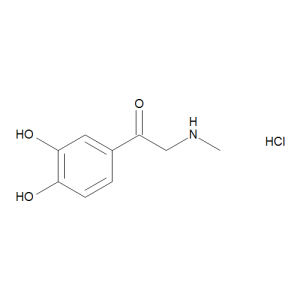
Adrenalone Hydrochloride Hydrate
$1,329.11 Add to cart View Product DetailsMolecular Formula : C9 H11 N O3 . Cl H
-

Agmatine Sulfate
$639.11 Add to cart View Product DetailsMolecular Formula : C5 H14 N4 . H2 O4 S
-

AITRL, Mouse
$68.14 Add to cart View Product DetailsActivation-Inducible TNF-Related Ligand (AITRL), also known as Glucocorticoid-Induced TNF-Related Ligand (GITRL), belongs to the tumor necrosis factor superfamily (TNFSF). AITRL is a Type II single transmembrane protein and shares low conservation within the extracellular domain with other TNFSF members. AITRL is expressed on macrophages, immature and mature dendritic cells and B cells. Its receptor, Activation-Inducible TNFR family Receptor (AITR), is expressed on T lymphocytes, natural killer (NK) cells, and antigen- presenting cells. After binding by AITRL, AITR can be released. AITR activation increases resistance to tumors and viral infections and is involved in autoimmune and inflammatory processes. In addition, activated AITR increases TCR-induced T cell proliferation and cytokine production and rescues T cells and NK cells from apoptosis.
-

Albendazole
$131.96 Add to cart View Product DetailsMolecular Formula : C12 H15 N3 O2 S
-
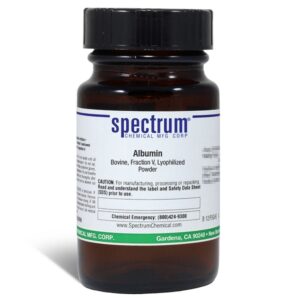
Albumin, Bovine, Fraction V, Lyophilized Powder
$171.89 Add to cart View Product DetailsAlbumin, Bovine, Fraction V, Lyophilized Powder
-
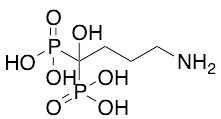
Alendronate Acid
$114.71 Add to cart View Product DetailsMolecular Formula : C4H13NO7P2
-

Aliquat 336
$88.84 Add to cart View Product DetailsMolecular Formula : (R3NCH3)Cl
-

Alizarin
$87.11 Add to cart View Product DetailsMolecular Formula : C14 H8 O4
-
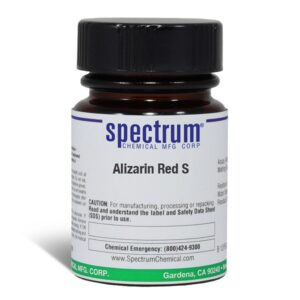
Alizarin Red S
$103.95 Add to cart View Product DetailsAlizarin Red S
-

Allergosil
$67.28 Add to cart View Product DetailsMolecular Formula : C2H6O6S2
-
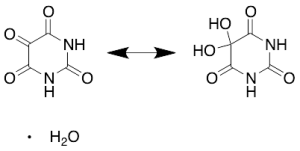
Alloxan Monohydrate
$106.09 Add to cart View Product DetailsMolecular Formula : C4H4N2O5
-

Allura Red AC (Technical Grade)
$116.44 Add to cart View Product DetailsMolecular Formula : C18 H14 N2 O8 S2 . 2 Na






